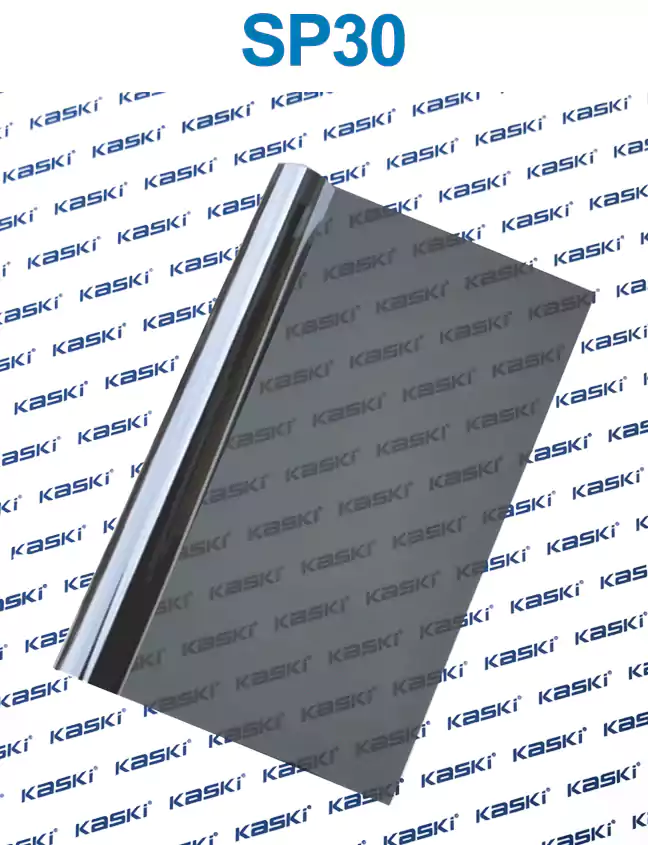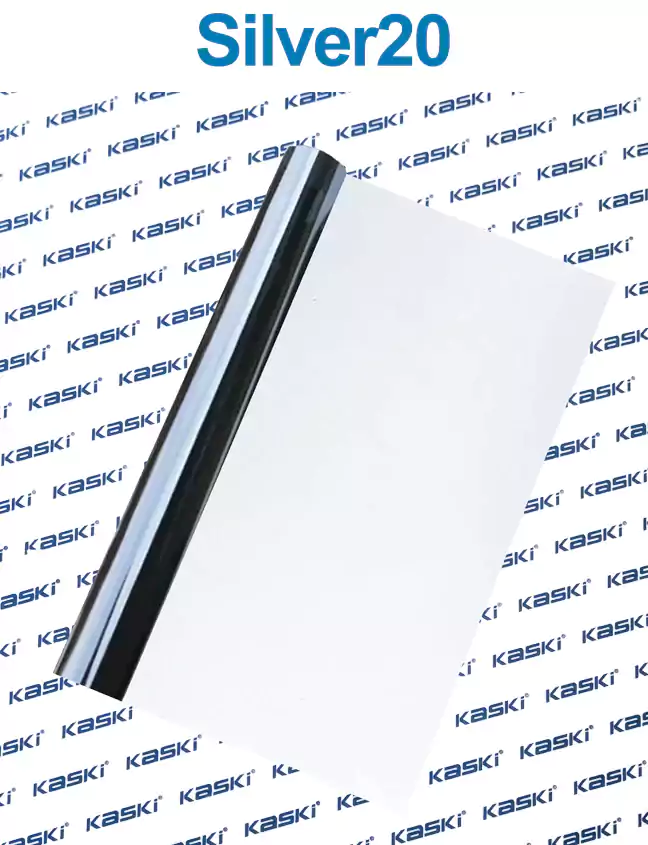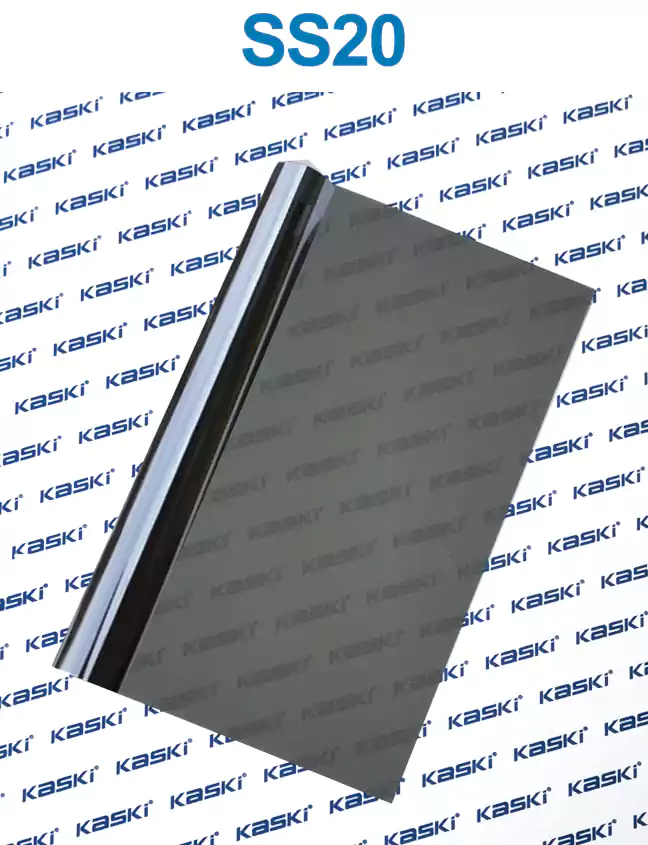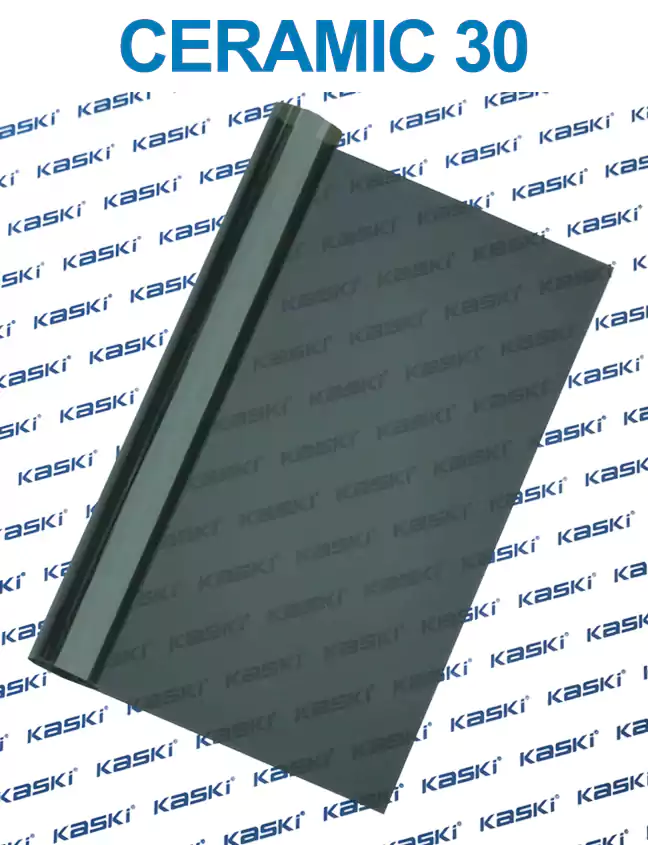Automotive window tinting is a popular and practical solution for enhancing the appearance, comfort, and energy efficiency of your vehicle. Whether you're looking to reduce glare, block harmful UV rays, or maintain a comfortable temperature, window tinting can provide a range of benefits. In this comprehensive guide, we'll explore the principles, advantages, and a detailed installation case, as well as hear from satisfied customers.
The Principles of automotive window tinting
Window tinting works by applying a thin, transparent film to the interior surface of your vehicle's glass. This film is designed to reject the sun's heat and block up to 99% of harmful UV rays, without compromising your visibility. The tinting film comes in a variety of shades and can be applied to the side windows, rear glass, and even the windscreen, depending on your preferences and local regulations.
The Advantages of heat control window film
1. Reduced Glare and Eye Strain: Tinted windows help to minimize the glare from the sun, reducing eye strain and making it easier to focus on the road ahead.
2. Improved Comfort and Energy Efficiency: By rejecting the sun's heat, window tinting can keep your vehicle's interior cooler, reducing the need for air conditioning and improving fuel efficiency.
3. Protection for Decorative Curtains and Blinds: If your vehicle has decorative window treatments, tinting can help to protect them from fading and deterioration caused by UV exposure.
4. Increased Privacy and Security: Tinted windows can make it more difficult for outsiders to see into your vehicle, providing an added layer of privacy and security.
5. Enhanced Appearance: Automotive window tinting can give your vehicle a sleek, modern look, adding to its overall aesthetic appeal.
A Detailed Installation Case: Tinting a Toyota Camry
To illustrate the process of heat control window film, let's take a look at a recent installation on a Toyota Camry.
The vehicle owner, Sarah, was looking to improve the comfort and energy efficiency of her Camry, as well as enhance its appearance. She opted for a high-quality tinting film that would block up to 99% of harmful UV rays and reject a significant amount of the sun's heat.
The installation process began with a thorough cleaning of the vehicle's windows to ensure a smooth and even application of the tinting film. The technician then carefully measured and cut the film to fit each window, ensuring a precise and seamless fit.
Once the film was in place, the technician used a specialized tool to remove any air bubbles or wrinkles, ensuring a flawless finish. The entire process took approximately two hours, and the results were immediately noticeable.
Sarah was thrilled with the transformation of her Camry. "The tinting has made such a difference in the comfort of my vehicle," she said. "I no longer have to crank up the air conditioning to stay cool, and the reduced glare has made driving much more enjoyable. Plus, the car looks so much sleeker and more modern with the tinted windows."
Testimonials from Satisfied Customers
"I've had my car tinted for a few years now, and I can't imagine going back to untinted windows. The difference in temperature and comfort is incredible, and I love the added privacy and security. Highly recommend it!" - John, Honda Civic owner
"Tinting my windows was one of the best decisions I've made for my vehicle. It's made a noticeable difference in reducing the heat and glare, and I feel so much more relaxed and focused when I'm driving. The installation was quick and hassle-free, too." - Emily, Subaru Outback owner
In conclusion, automotive window tinting is a practical and versatile solution that can enhance the comfort, energy efficiency, and appearance of your vehicle. Whether you're looking to reduce glare, block harmful UV rays, or maintain a comfortable temperature, window tinting can provide a range of benefits. With a professional installation and high-quality tinting film, you can enjoy the advantages of this simple yet effective upgrade.


















